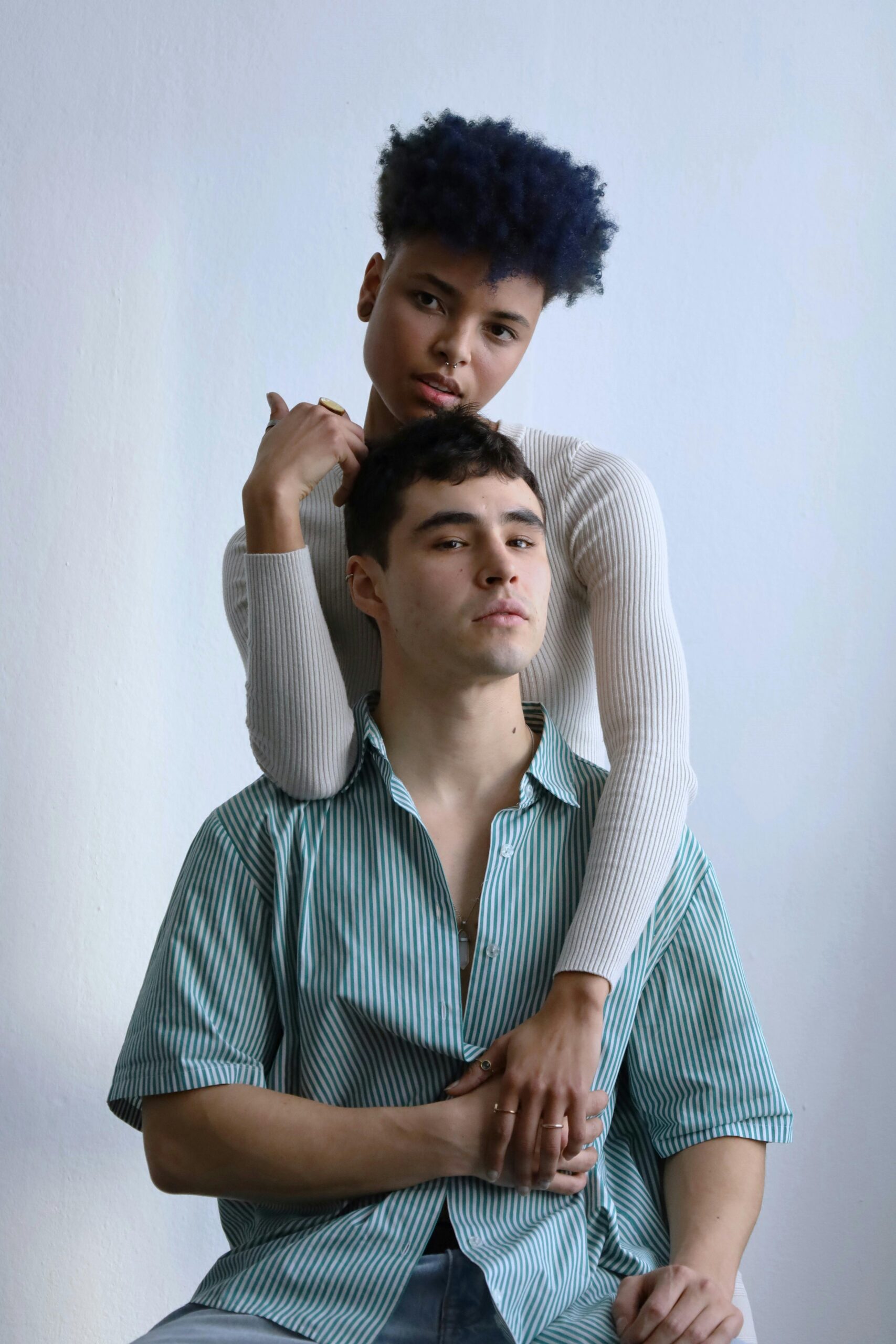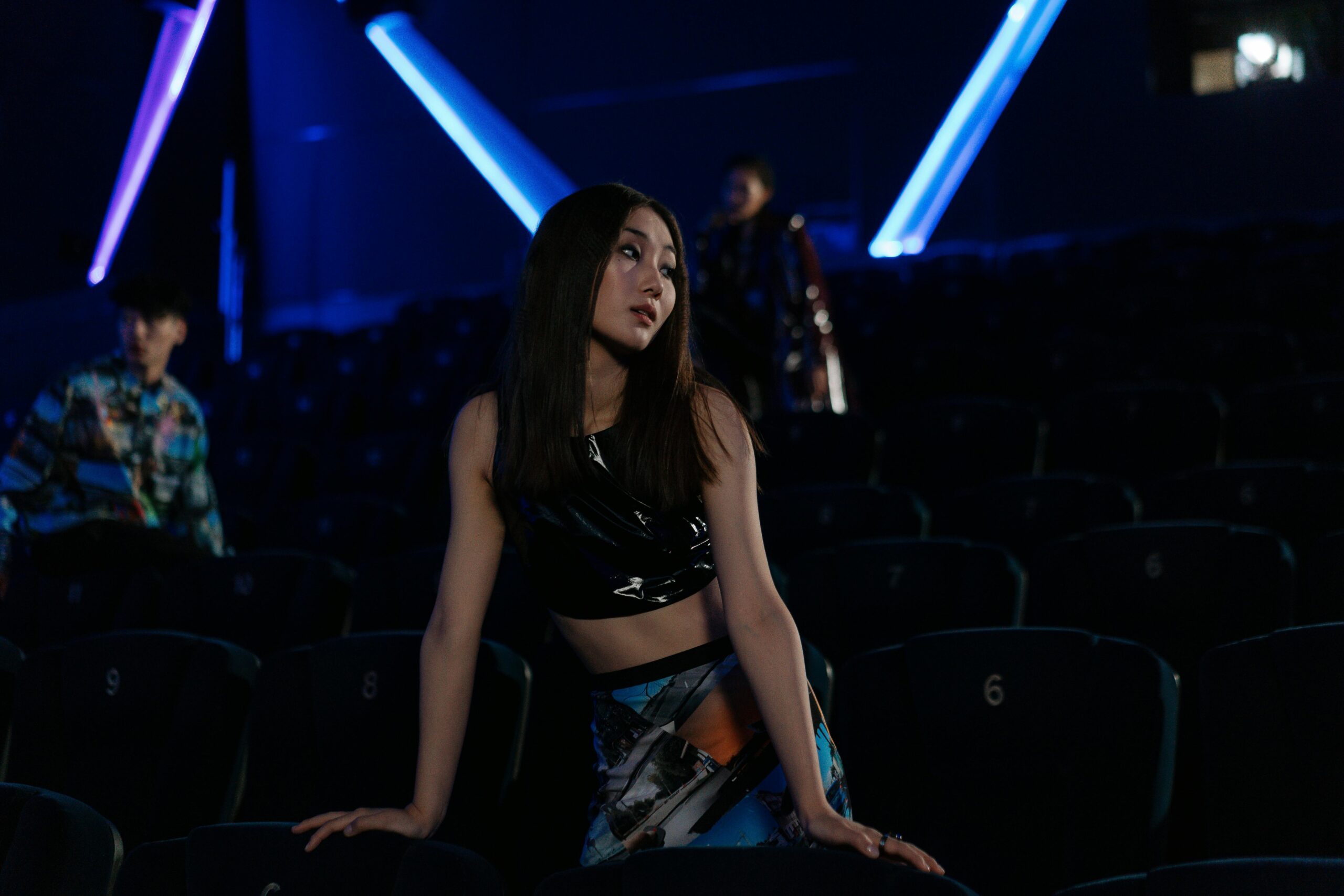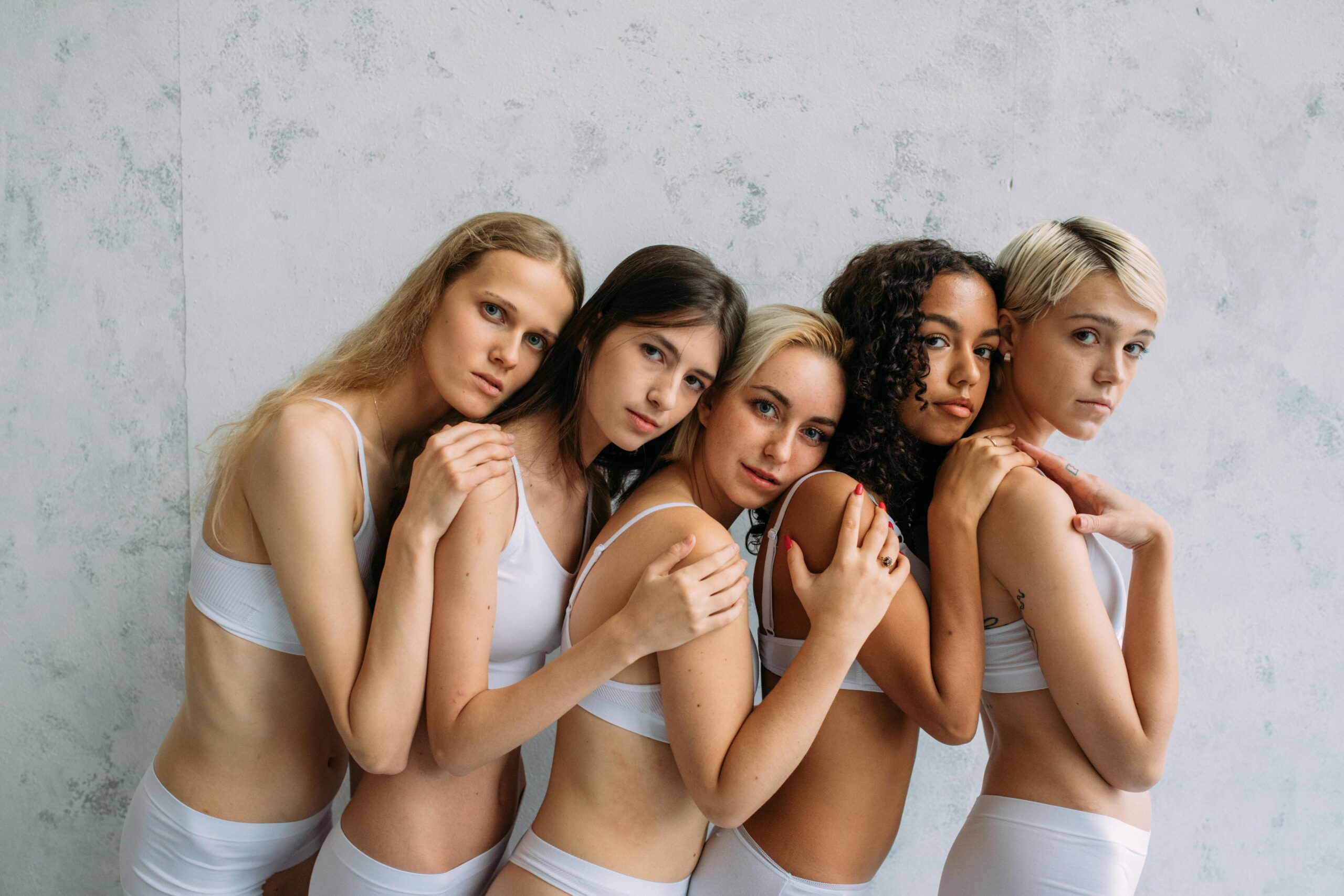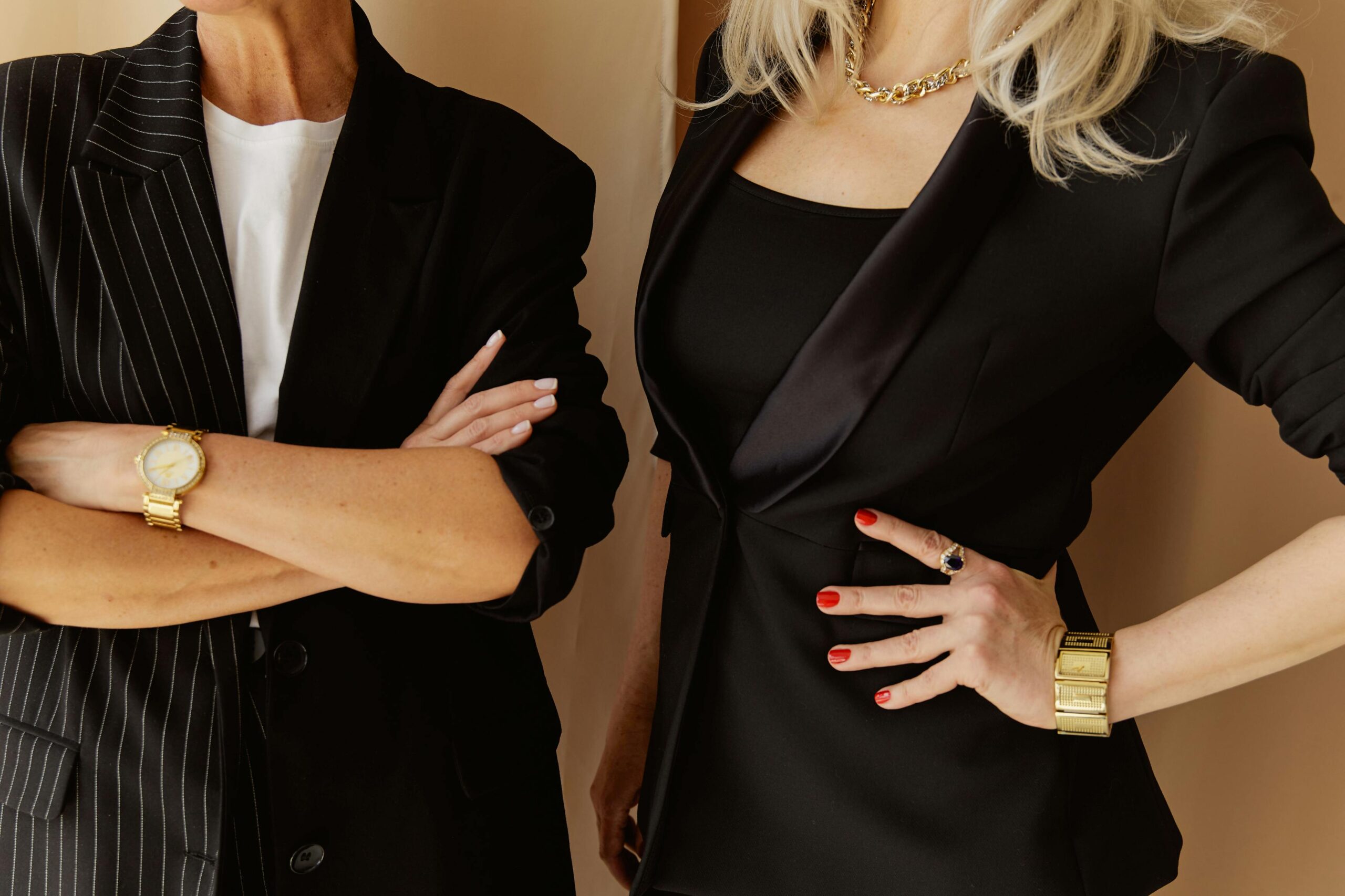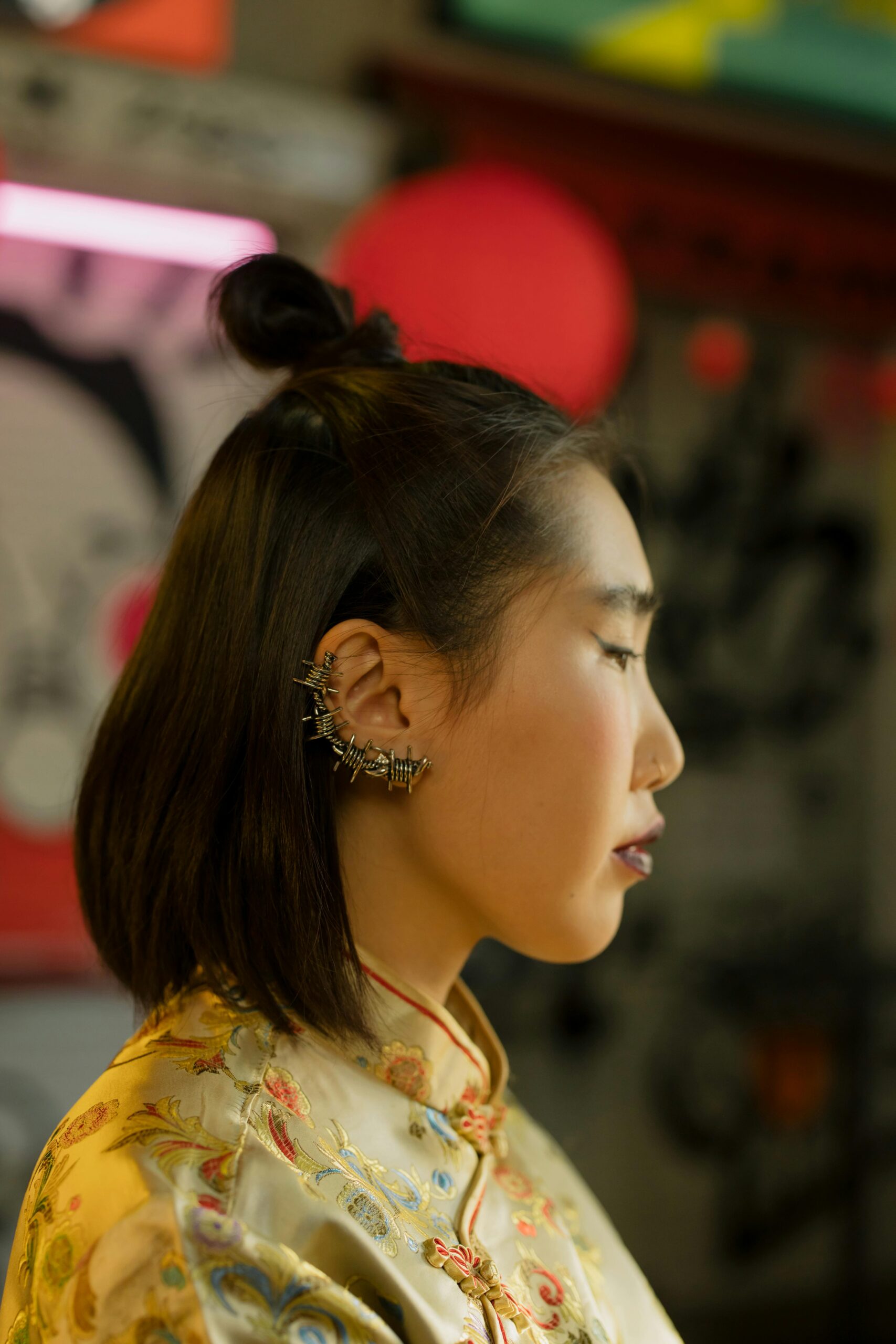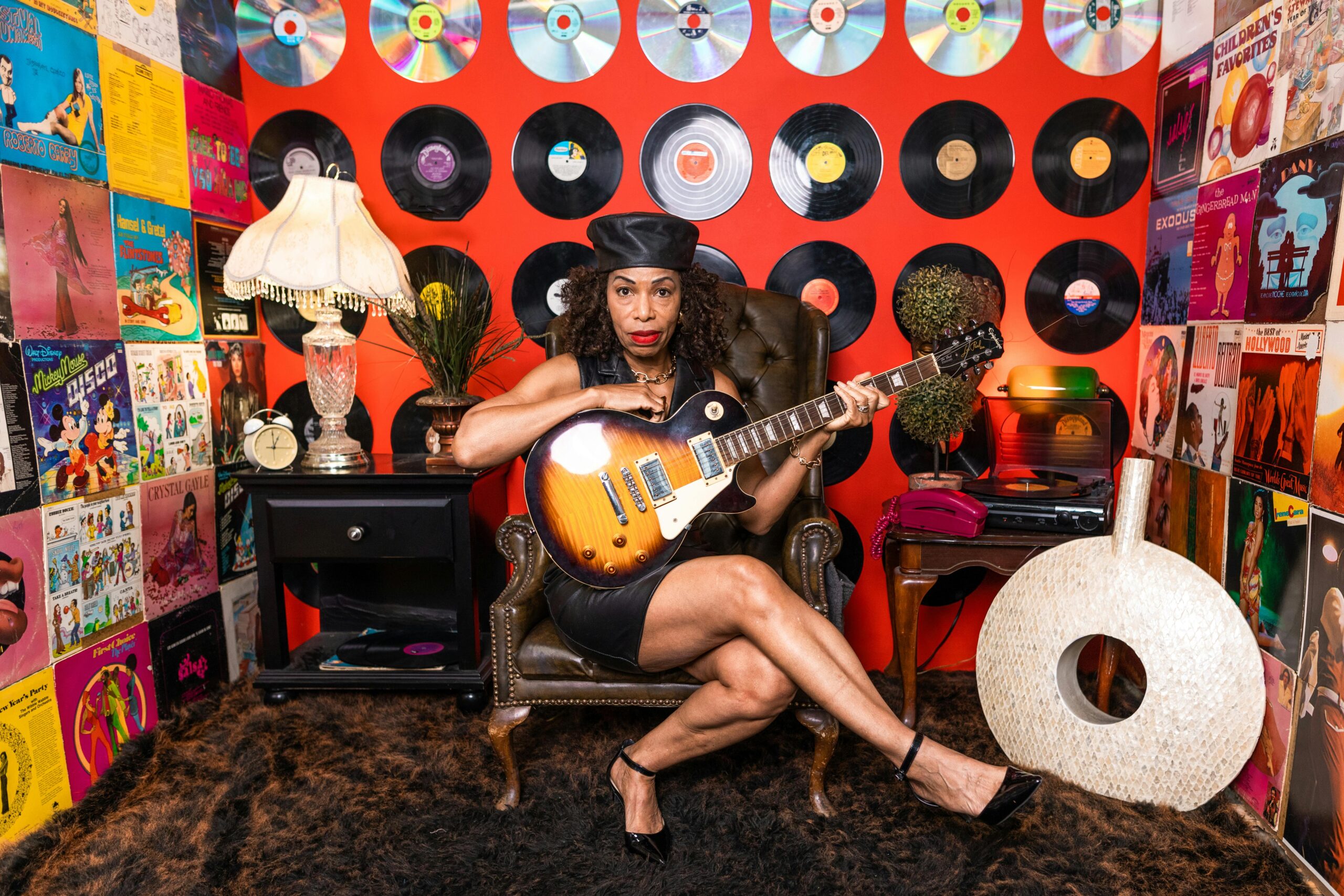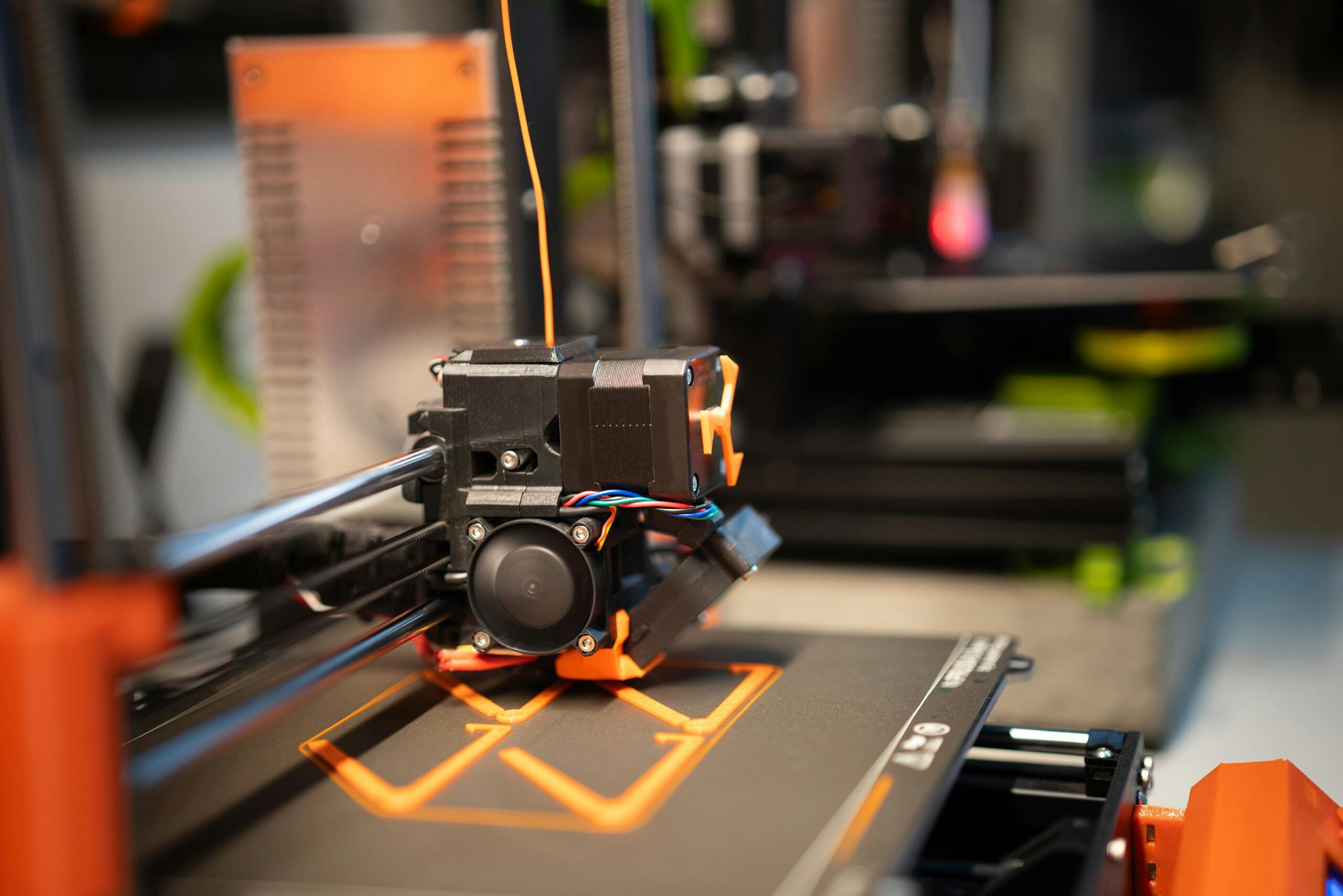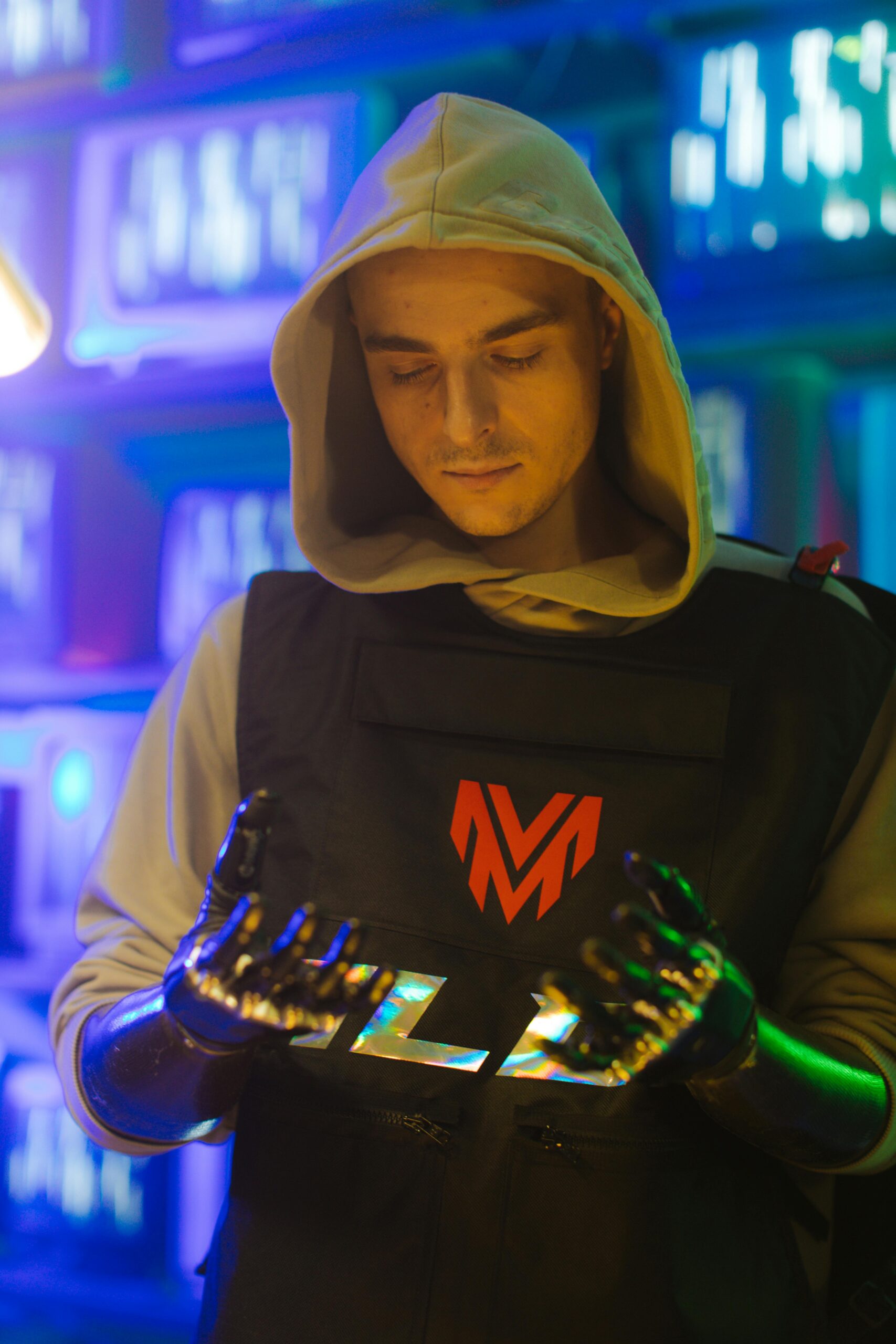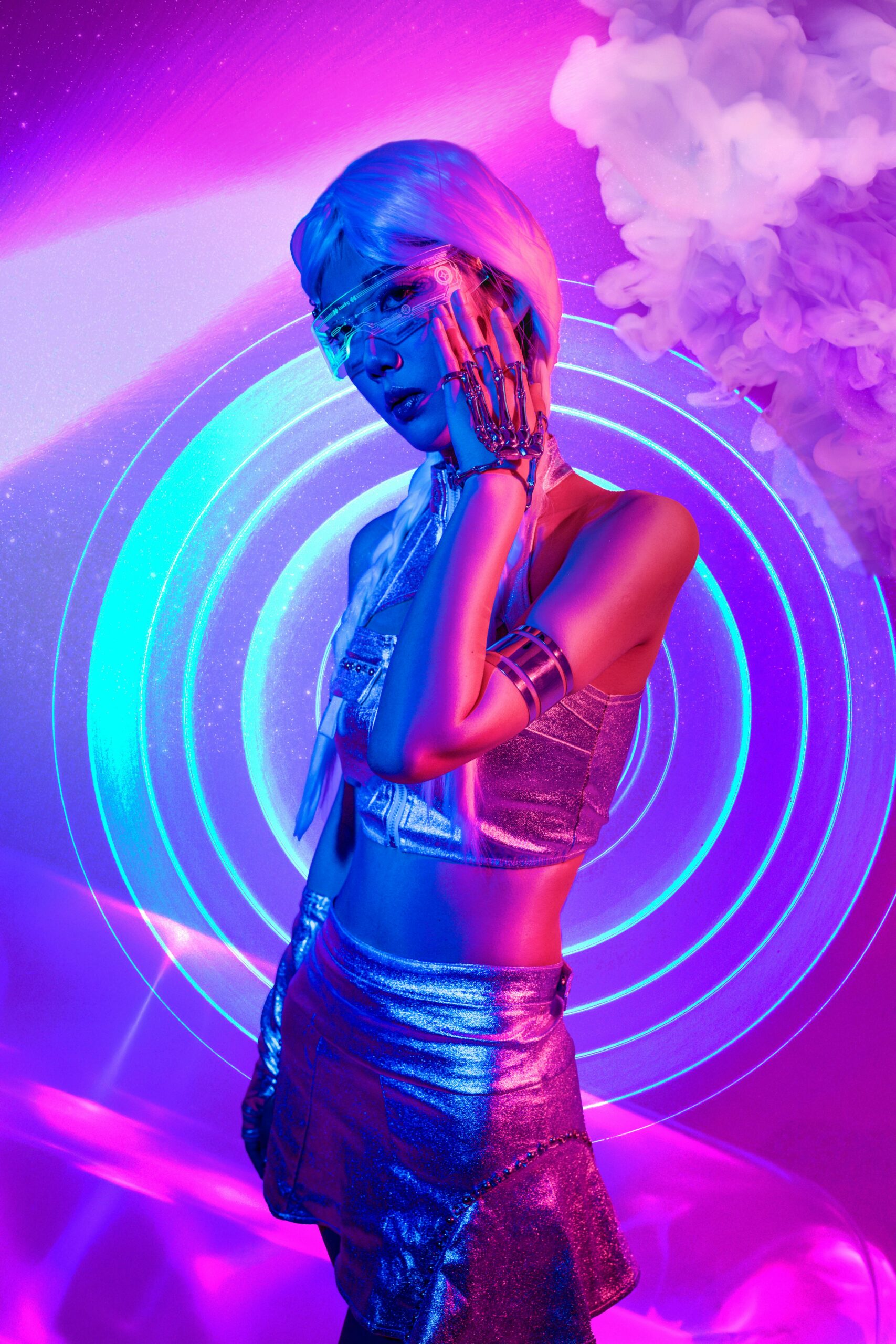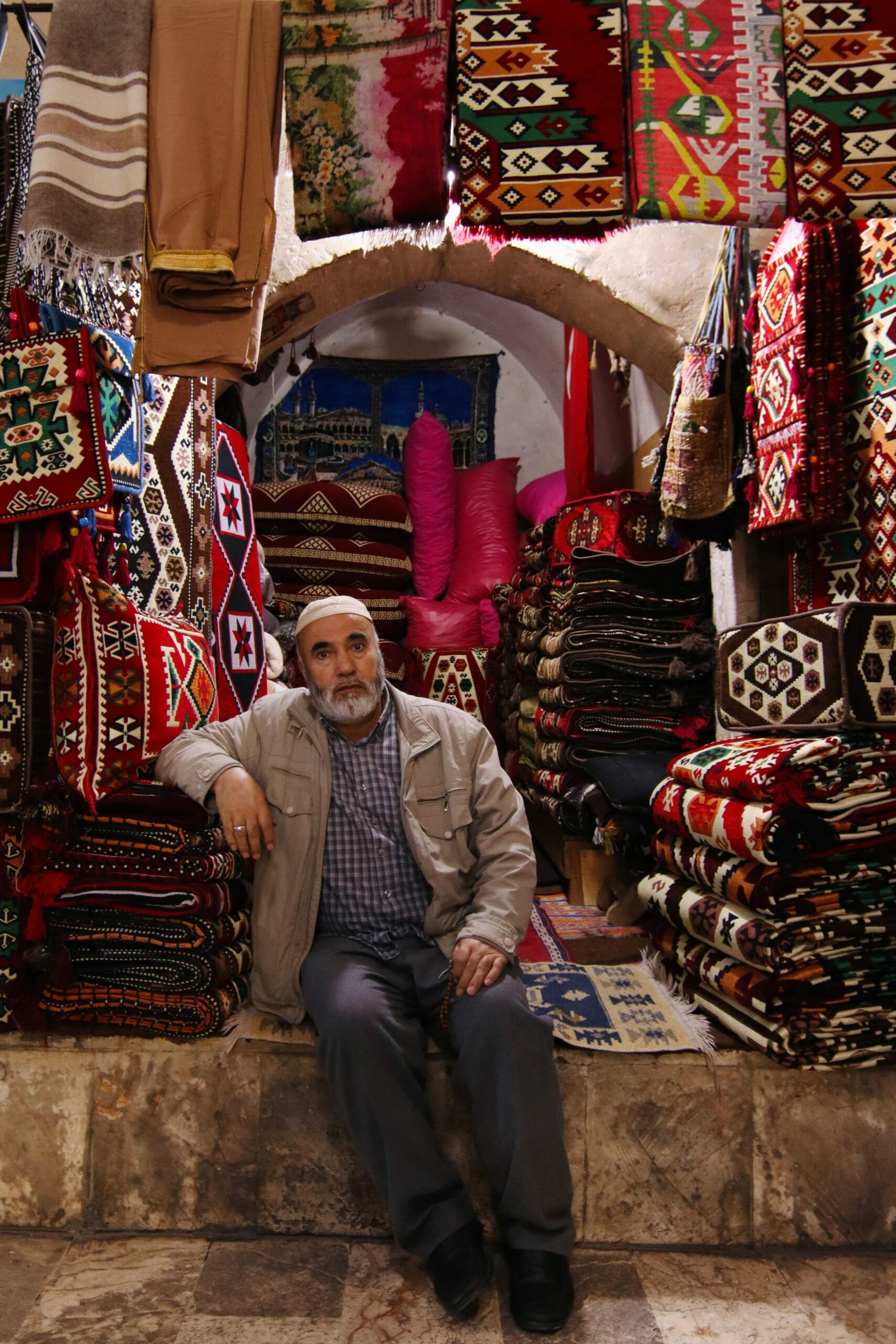Fashion is far more than fabric, color, or style—it is a form of self-expression that reflects who we are, how we feel, and how we wish to be perceived by the world. The clothes we wear tell stories about our values, beliefs, aspirations, and emotions. Whether consciously or subconsciously, fashion plays a powerful role in shaping personal identity and influencing confidence. It is a mirror of individuality and a language through which we communicate without speaking a single word.
This article explores the intricate relationship between fashion, identity, and confidence—how clothing choices express personality, empower individuals, and impact mental well-being.
1. Fashion as a Form of Self-Expression
Fashion serves as one of the most visible and immediate ways to express individuality. Every outfit—whether simple or extravagant—reveals something about the wearer’s personality, mood, or social identity.
From a bold red dress that exudes confidence to minimalist streetwear that conveys comfort and authenticity, fashion gives people the freedom to craft their visual identity. It allows individuals to highlight their uniqueness while aligning with the groups or cultures they identify with.
For instance, a person who embraces vintage fashion may be expressing nostalgia or an appreciation for history, while someone wearing futuristic, tech-inspired clothing might be signaling innovation and modern thinking. The act of dressing, therefore, is deeply psychological—it reflects both how we see ourselves and how we wish others to see us.
2. The Psychology of Clothing: The “Enclothed Cognition” Effect
Psychologists have long studied how clothing affects human behavior and self-perception. One key concept, known as “enclothed cognition,” suggests that what we wear influences not just how others see us, but also how we think, feel, and perform.
For example, studies have shown that wearing formal attire can enhance confidence and abstract thinking, while athletic wear can boost motivation and performance. A lab coat might make someone feel more focused and competent, while casual clothes may promote relaxation and creativity.
In essence, fashion acts as a psychological tool. When we dress in a way that aligns with our goals or desired identity, we subconsciously begin to embody those traits. This phenomenon explains why people often feel more empowered in certain outfits—it’s not vanity; it’s psychology at work.
3. Building Confidence Through Fashion
Confidence is often linked to feeling comfortable in one’s skin—and clothing can play a central role in achieving that comfort. The right outfit can elevate mood, encourage self-assurance, and help individuals face challenges with a stronger sense of presence.
For many, dressing well is an act of self-care. It’s not necessarily about following trends or owning luxury brands, but about finding clothes that reflect one’s authentic self. When we feel good about how we look, we project positivity, assertiveness, and energy—all key components of confidence.
Fashion can also be empowering in social or professional settings. A well-tailored suit, a powerful pair of heels, or even a favorite T-shirt can become armor—helping people overcome insecurities, perform better in interviews, or stand taller in public spaces.
As the saying goes, “When you look good, you feel good.” But more accurately, when you feel authentic in what you wear, confidence naturally follows.
4. Fashion and Cultural Identity
Fashion is deeply tied to cultural heritage and social belonging. What we wear often reflects where we come from, the traditions we uphold, and the communities we represent.
Traditional attire—such as the Japanese kimono, Indian sari, African kente cloth, or Scottish tartan—serves not only as a cultural marker but also as a source of pride and identity. Wearing such garments can strengthen a sense of connection to one’s roots, especially in multicultural or globalized societies.
Moreover, in modern fashion, there’s an increasing trend toward cultural fusion, where traditional elements are reimagined in contemporary styles. This blend celebrates diversity while allowing individuals to express multiple facets of their identity. For example, a young designer might combine indigenous embroidery with modern silhouettes to showcase both heritage and innovation.
Through such creative expressions, fashion becomes a bridge between past and present, between individuality and community.
5. Fashion as a Tool for Empowerment and Change
Fashion has historically been a form of resistance and empowerment. Clothing choices can challenge social norms, redefine gender roles, and promote body positivity.
-
Gender Expression: Fashion provides a platform for people to explore and express gender identity beyond traditional binaries. Androgynous fashion, for instance, has opened space for individuals to dress in ways that feel authentic, rather than conforming to societal expectations.
-
Body Positivity: The growing movement toward inclusive fashion celebrates all body types. When people see models who resemble them on runways and in advertisements, it reinforces the idea that confidence is not tied to size or shape—it’s about self-acceptance.
-
Social Activism: Clothing often serves as a political statement. From slogan T-shirts promoting equality to sustainable fashion brands advocating for environmental change, what we wear can become a form of activism.
By embracing such forms of self-expression, fashion empowers individuals to stand up for what they believe in and feel proud of who they are.
6. The Role of Media and Influencers in Shaping Identity
In the digital era, social media platforms like Instagram, TikTok, and Pinterest have become powerful spaces where fashion and identity intersect. Influencers, celebrities, and content creators shape trends and inspire millions through their personal styles.
However, this influence can have both positive and negative effects. On one hand, it has democratized fashion, giving people access to inspiration from around the world and encouraging creative self-expression. On the other hand, it can create unrealistic beauty standards and promote conformity rather than individuality.
The key lies in mindful consumption—using fashion media as a source of creativity rather than comparison. Following diverse voices and styles can broaden one’s sense of identity, encouraging experimentation and self-discovery.
7. Fashion and Professional Identity
In the professional world, fashion plays a significant role in how competence and confidence are perceived. The concept of “power dressing” emerged in the 1980s as women entered corporate spaces and sought to command authority through clothing.
Even today, attire continues to influence workplace dynamics. Dressing appropriately for one’s role can foster respect, credibility, and self-assurance. A lawyer in a tailored suit, an artist in expressive attire, or a teacher in comfortable yet professional clothing—all use fashion to convey reliability, creativity, or approachability.
Importantly, professional fashion is evolving to embrace individuality. Many workplaces now encourage self-expression, understanding that authenticity fosters creativity and engagement. The challenge is to balance personal style with situational appropriateness—an art that, once mastered, enhances both confidence and identity.
8. Body Image, Fashion, and Self-Perception
The relationship between fashion and body image is complex. Historically, the fashion industry promoted narrow beauty ideals that often excluded diverse body types. However, in recent years, there has been a strong shift toward inclusivity and representation.
Modern fashion now celebrates “fashion for every body.” Brands like Savage X Fenty, Aerie, and Universal Standard have championed campaigns featuring real, unretouched models of all sizes, colors, and abilities. This inclusivity empowers people to embrace their bodies rather than hide them.
When individuals find clothing that fits well and reflects their personality, it transforms their self-perception. It’s no longer about fitting into a size—it’s about finding a style that fits one’s soul.
9. Sustainable Fashion and Conscious Identity
As environmental awareness grows, fashion is also becoming a reflection of personal ethics and responsibility. Many people now view their wardrobe as an extension of their values, choosing sustainable, ethical, or secondhand fashion as a statement of identity.
Opting for eco-friendly fabrics, supporting fair-trade brands, or upcycling old clothes demonstrates a commitment to conscious living. Such choices boost confidence by aligning outward appearance with inner beliefs—bridging style with purpose.
In this way, fashion transforms from mere aesthetics into a moral and emotional expression of identity.
10. The Transformative Power of Fashion
Fashion has the unique ability to transform not just how we look, but how we feel. It allows people to reinvent themselves, experiment with different versions of their identity, and adapt to life’s changing stages.
Think of how a teenager uses fashion to discover personal style, how a professional reinvents their wardrobe for career growth, or how someone uses fashion to recover from emotional setbacks—each stage of life brings a new relationship with clothing.
Fashion’s transformative power lies in its versatility. It can heal, empower, and inspire, turning everyday dressing into a ritual of self-celebration.
11. The Balance Between Authenticity and Trends
While trends can be exciting, true confidence in fashion comes from authenticity. Following trends blindly may lead to temporary satisfaction, but aligning fashion with one’s identity creates lasting confidence.
The most stylish people are often those who know themselves—those who use fashion as a language of authenticity rather than imitation. Developing personal style means experimenting, evolving, and ultimately wearing what makes you feel like the best version of yourself.
Conclusion
Fashion shapes personal identity and confidence in profound ways. It is an art of self-expression, a reflection of culture, and a tool of empowerment. What we wear affects how we feel, how we act, and how others perceive us.
When used consciously, fashion becomes more than clothing—it becomes confidence itself. It helps us navigate different aspects of life with grace, communicate who we are without words, and embrace our individuality in a world that often encourages conformity.
Ultimately, true style is not about trends or labels—it’s about authenticity, comfort, and confidence. Fashion is the canvas, and identity is the art we create upon it.
